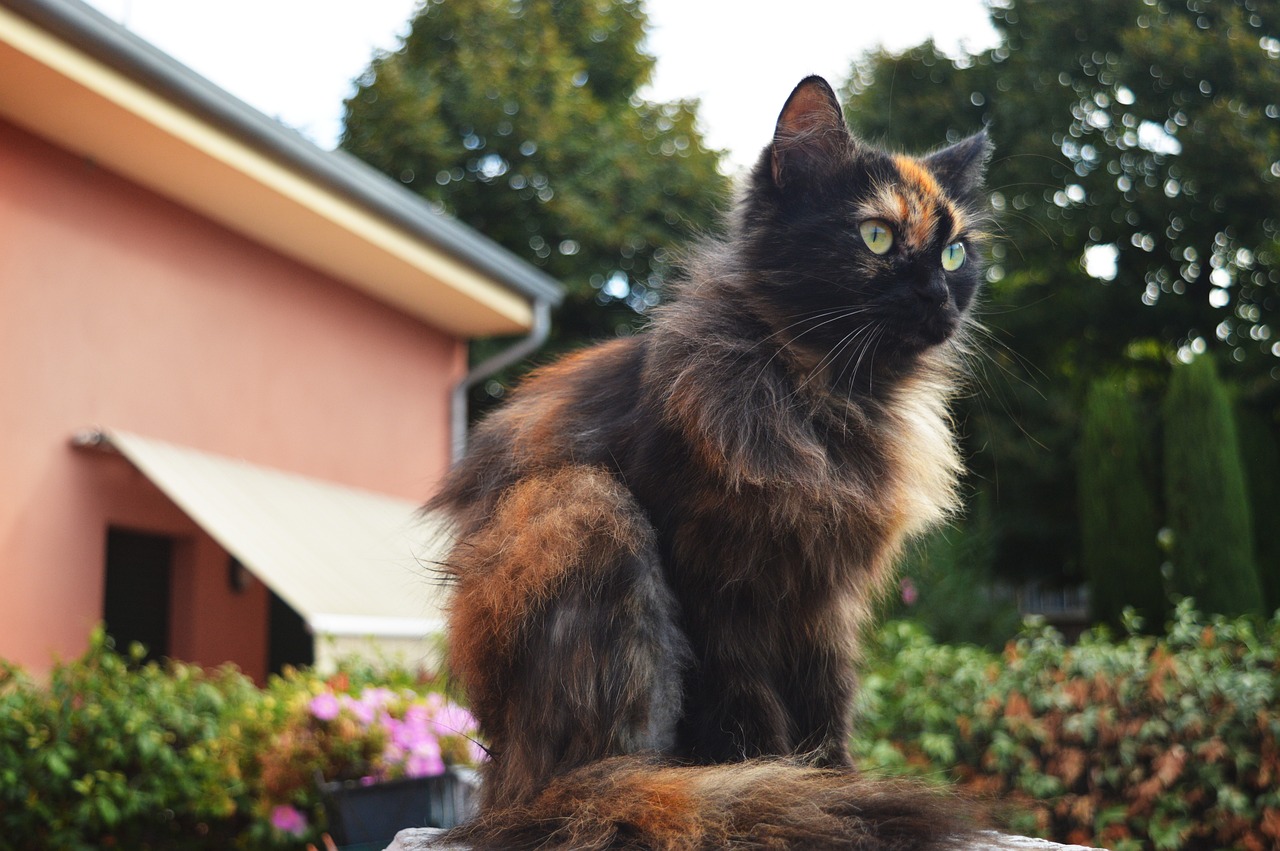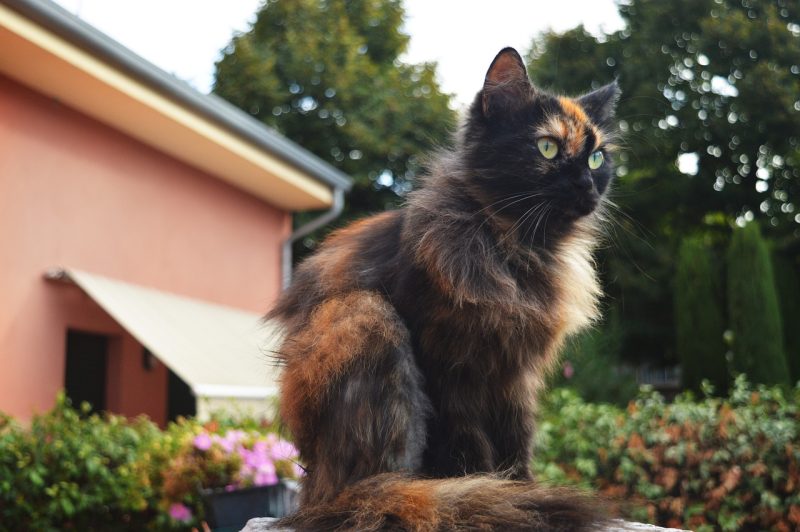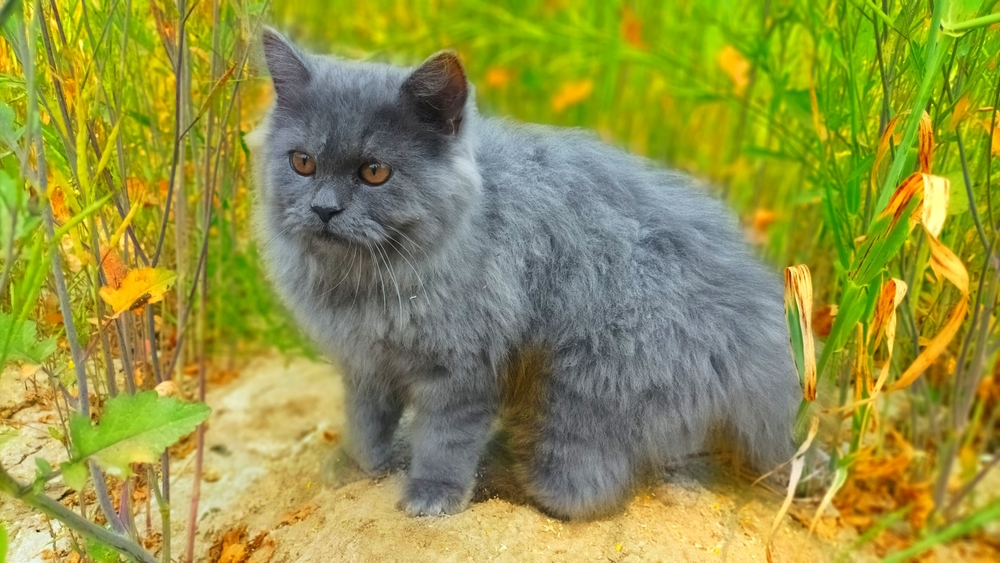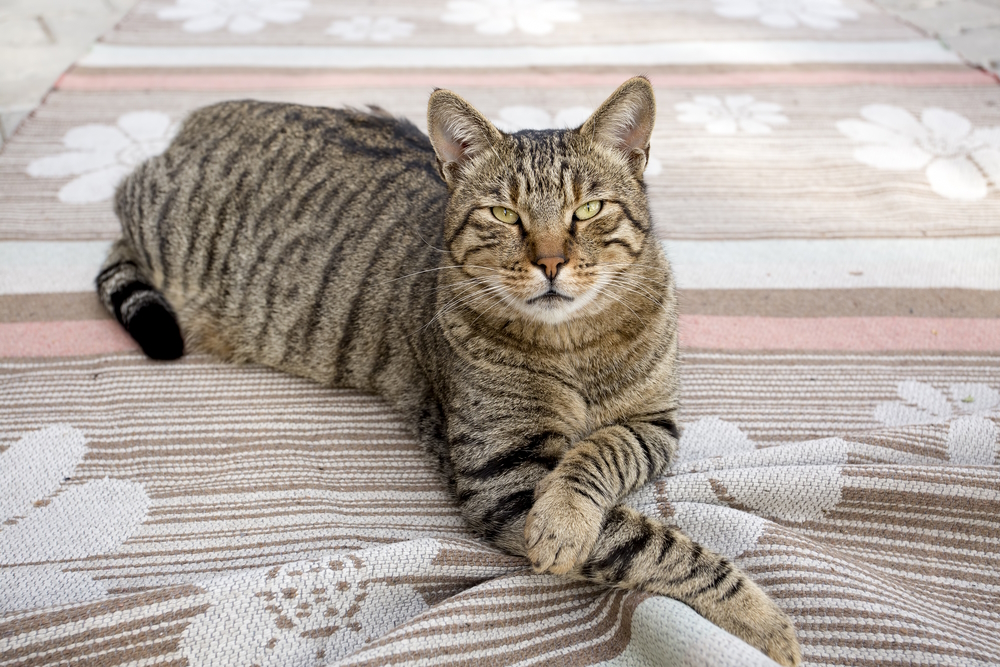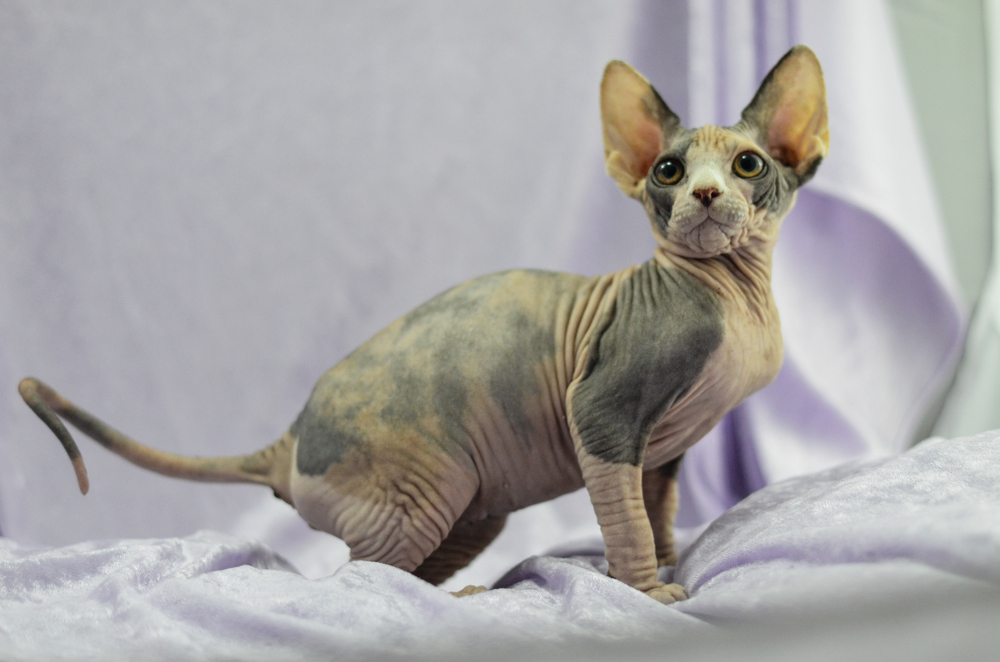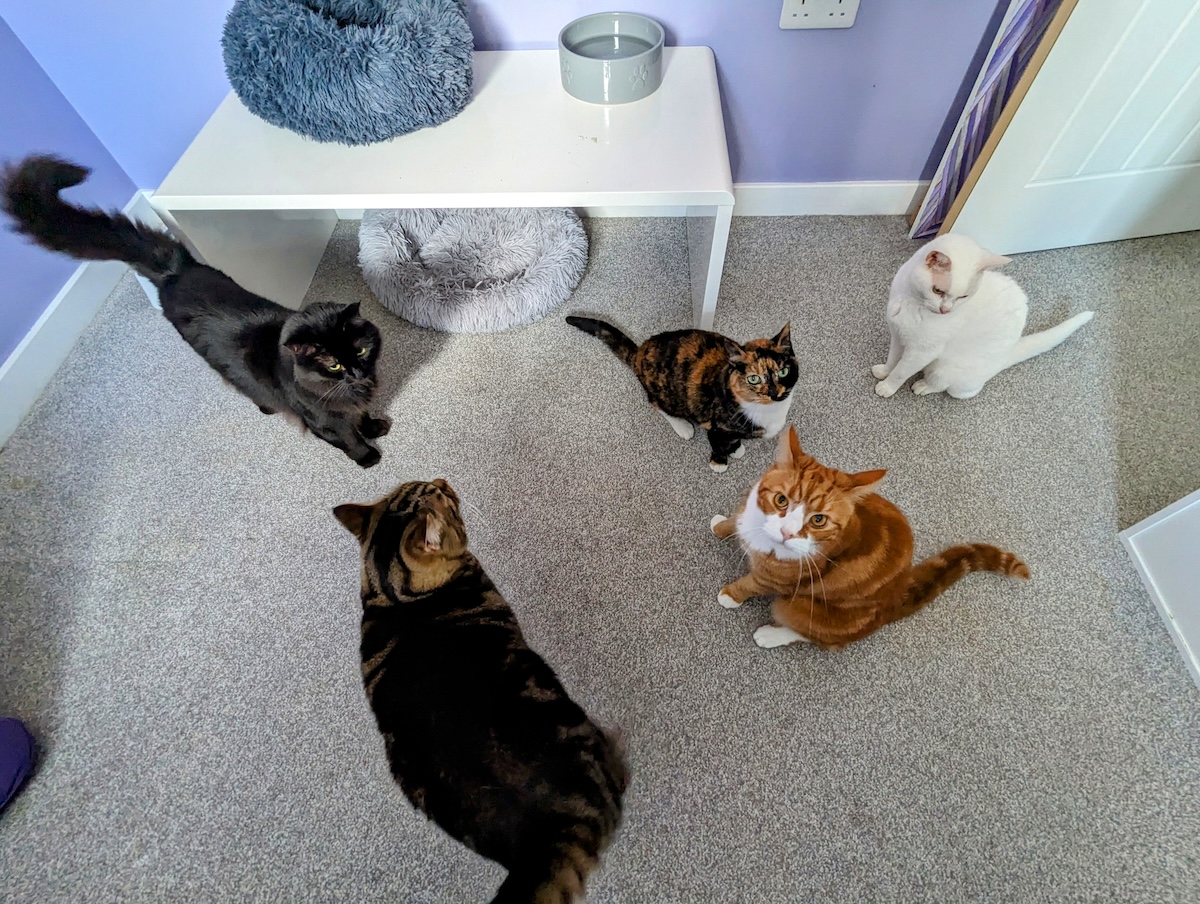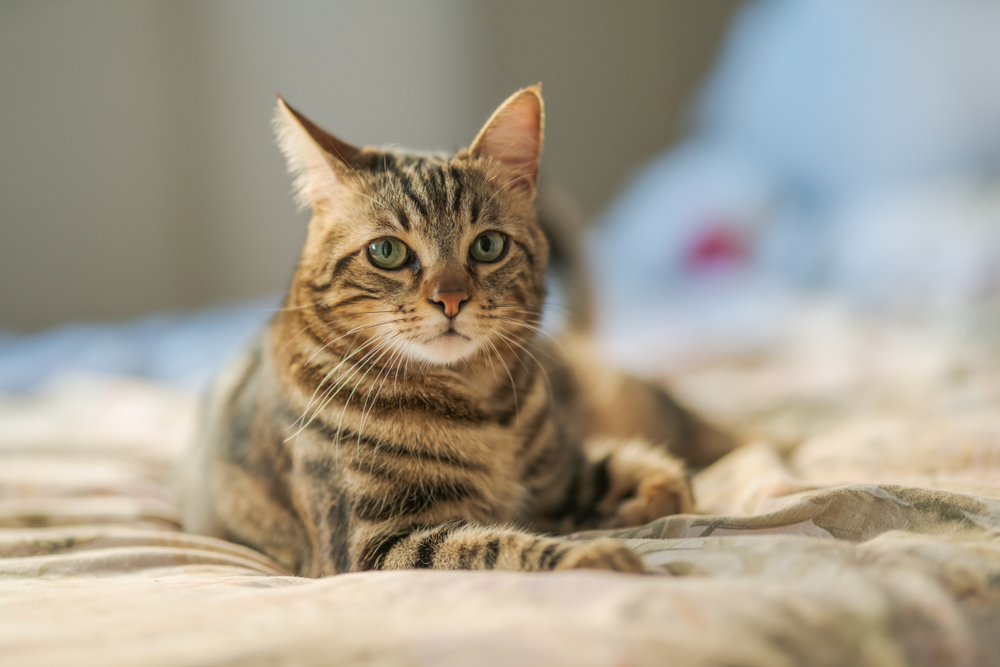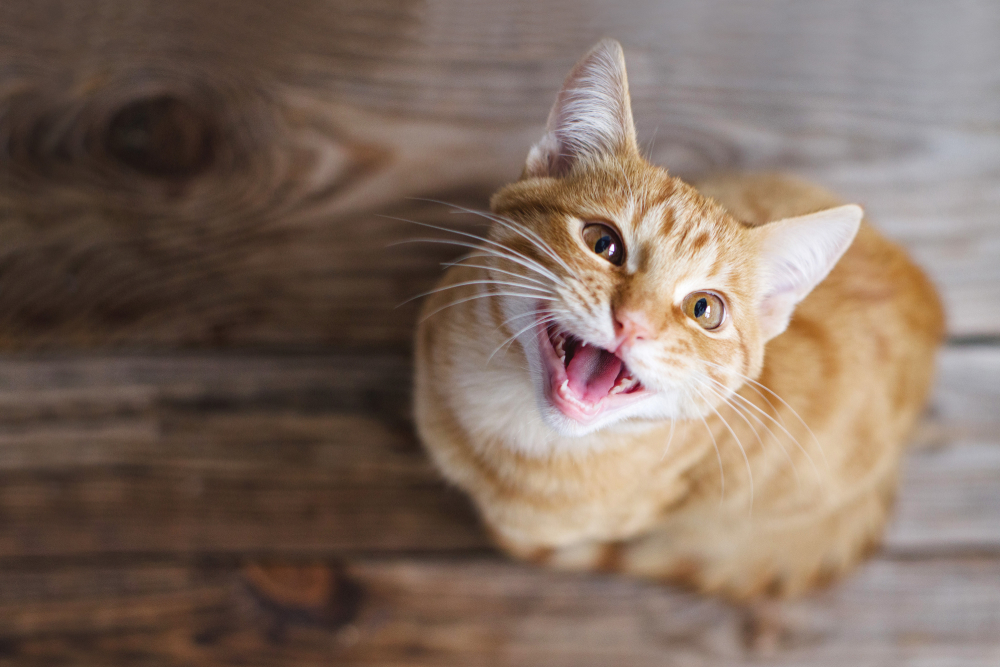Click to Skip Ahead
Tortoiseshell cats have unique coloration, typically red and black, in a pattern that resembles a Tortoiseshell. Like Calicos, most Tortoiseshell cats are female, and males are rare.
Though Tortoiseshell coloration occurs in a variety of breeds, it’s still relatively rare and sought by owners. So, how much is a Tortoiseshell cat? Depending on the breed and where you acquire the cat, you could spend $25–$200 by adopting or $1,000–$3,000 buying a Tortoiseshell cat from a reputable breeder.
Bringing Home a New Tortoiseshell Cat: One-Time Costs
You may be thinking that the biggest expense of getting a Tortoiseshell cat is paying for the cat, but your one-time costs can be much higher.
Free
A “free” cat isn’t really free. Even if you get lucky and there’s an accidental litter, your kitten will need veterinary care. The ASPCA estimates that the initial veterinary costs for a cat are around $365 for spaying, neutering, vaccinations, and an exam. This can vary by your cat’s age, location, and the vet clinic’s pricing.
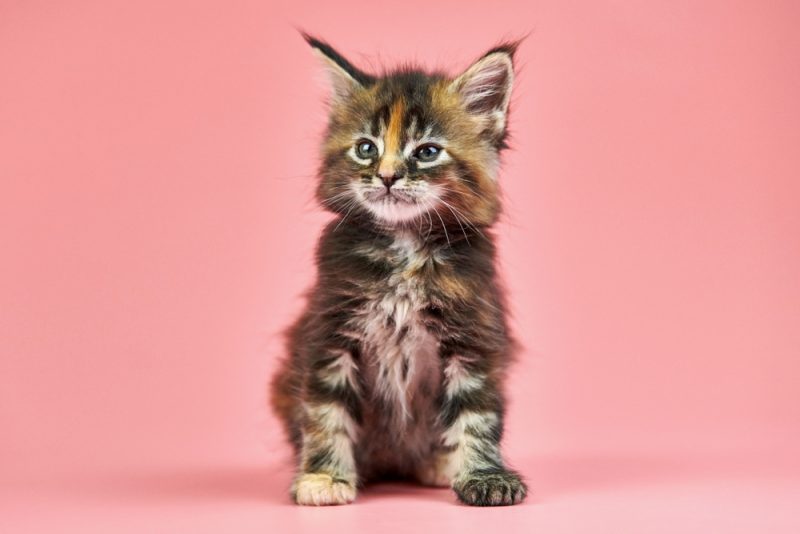
Adoption
- $15–$200
The price of adopting a Tortoiseshell cat can vary according to age, behavior, medical condition, and demand, which may apply to the desirable tortoiseshell coloration. If that occurs with a popular breed or it’s a kitten, it may be on the higher end of that range. Fortunately, this adoption fee includes spaying or neutering, vaccinations, deworming, and other medical care.
Breeder
- $1,000–$3,000
The price for a Tortoiseshell cat can vary by the breeder and the specific breed you’re looking for. Tortoiseshell can occur in Maine Coons, American Shorthairs, British Shorthairs, Persians (and variants), Cornish Rexes, Ragamuffin, and more.
With the rarity of the Tortoiseshell pattern and the premium cost of some of these purebred cats, some reputable breeders charge up to $3,000 or more. Show quality, breeding rights, and rare males can increase the price even more.
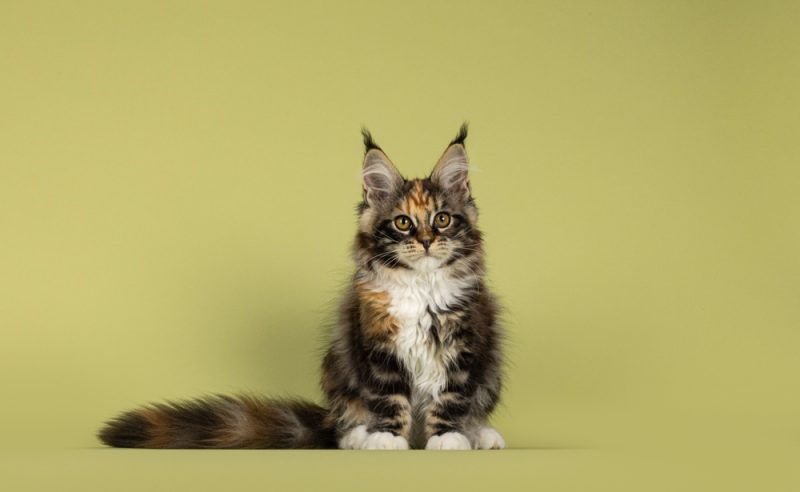
Initial Setup & Supplies
- $150–$500
Whether you get a free kitten or a purebred Tortoiseshell cat, you will have additional upfront costs for supplies to bring your cat home. Your must-haves include a carrier, litter box and litter, a collar and ID tag, scratching posts or mats, cat food, and bowls. You may also want toys, cat shelves, beds, and other supplies, which raises the price.
List of Tortoiseshell Cat Care Supplies & Costs
| ID Tag and Collar | $25–$50 |
| Spay/Neuter | $150–$500 |
| X-Ray Cost | $100–$250 |
| Ultrasound Cost | $300–$500 |
| Microchip | $45–$55 |
| Teeth Cleaning | $50–$300 |
| Bed | $30 |
| Nail Clipper (optional) | $10 |
| Brush (optional) | $8 |
| Litter Box | $10–$100 |
| Litter Scoop | $15 |
| Toys | $30–$75 |
| Carrier | $50 |
| Food and Water Bowls | $20 |
How Much Does a Tortoiseshell Cat Cost Per Month?
- $53+ per month
Based on information from the ASPCA, cats cost around $634 annually, which is around $53 a month. This not only includes your upfront costs for the cat and one-time purchases but also recurring costs like food, treats, and veterinary care. Once your cat is spayed or neutered and vaccinated, you will need to keep up with annual checkups, vaccinations, flea and tick medication, and heartworm medication.
If your cat has health problems or requires regular medication for a chronic condition, the costs can go much higher. For example, diabetic cats can cost $50 to $100 extra per month for prescriptions like insulin—on top of the other expenses.
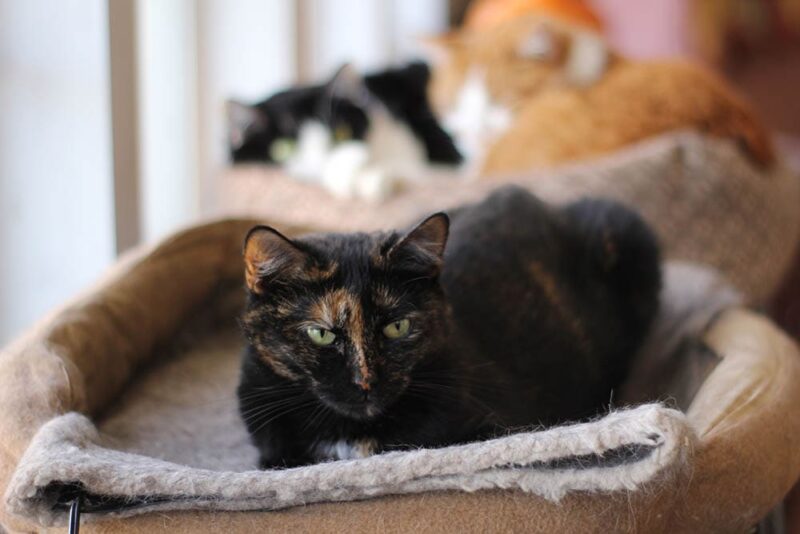
Health Care
- $46–$253 per month
Your cat’s health care, which includes food, grooming, vet care, and insurance (if you choose to purchase it), will likely be the most expensive part of cat ownership. But it is the most essential part of ensuring a long, healthy, and happy life for your cat. Fortunately, some expenses are one-time purchases, such as spaying and neutering or grooming supplies.
Food
- $20–$50 per month
Cat food costs can vary widely. Each cat costs about $20 to $50 per month, depending on the brand you feed, whether you feed wet or dry food, how often you feed your cat, and how much your cat eats. Many cat owners combine wet and dry food to save on costs and provide well-rounded nutrition to their cats.

Grooming
- $1–$25 per month
Professional cat grooming isn’t common, but it is an option for cats that are difficult to groom at home, like Maine Coons or Persians. Otherwise, you will need to purchase grooming supplies once, but they could last your cat’s lifetime. You can purchase a brush, comb, and nail clippers for $25 or less.
Medications & Vet Visits
- $25–$150 per month
Veterinary care for cats is often cheaper than it is for dogs, but it’s still expensive. Most of the expenses occur during annual visits, but cats may have health conditions that need to be monitored more frequently throughout the year or visits for sudden injuries or illnesses. Kittens and senior cats may have higher expenses as well, though that is temporary.
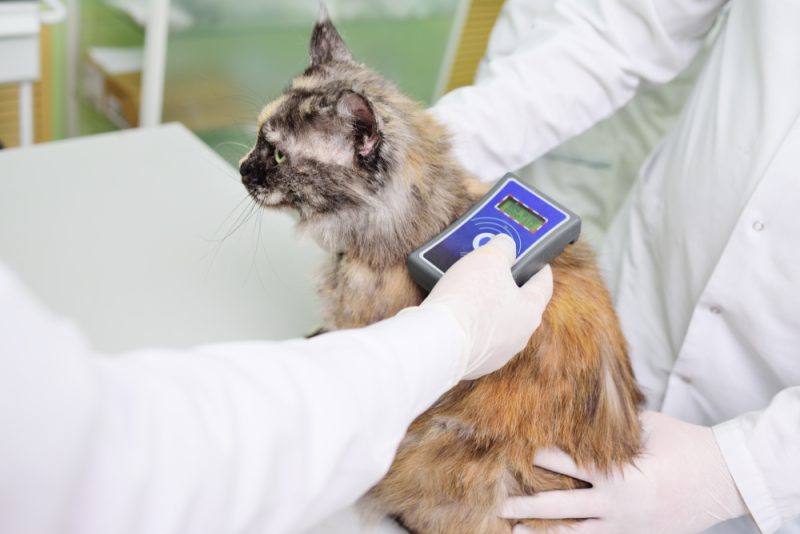
Pet Insurance
- $25–$38 per month
Cat insurance is a monthly expense that pays off if your cat gets sick or injured. There are several pet insurance companies available with different plans for cats, including accident and illness, accident only, routine care, and add-ons.
The costs vary widely according to your cat’s age, health, breed, and preexisting conditions and the plan, reimbursement amount, and deductible you choose. It can be as little as $25 per month or as much as $38, if not more.
Environment Maintenance
- $10–$50 per month
Owning a cat involves ongoing maintenance costs, such as litter, litter box liners, deodorizing spray, and more. If you use disposable supplies like a cardboard scratcher, these costs will also increase each month. However, the environmental maintenance costs are relatively low. Some products you purchase in a pack, such as litter box liners, will last several weeks.
Example for cats:
| Litter box liners | $20/month |
| Deodorizing spray or granules | $5/month |
| Cardboard Scratcher | $5/month |
Entertainment
- $2–$25 per month
Cats enjoy playing with toys. You can stock up on cheap toys like cat teasers or catnip balls or spring for premium interactive toys like electronic laser toys. Either way, your cat toys will last for some time (hopefully!) before they need to be replaced. Larger enrichment purchases, such as a cat perch or tower, are more expensive but last much longer.
For example, a subscription box of cat toys averages about $25 monthly. The subscription boxes include toys, treats, and novelty gifts for cats and cat owners.
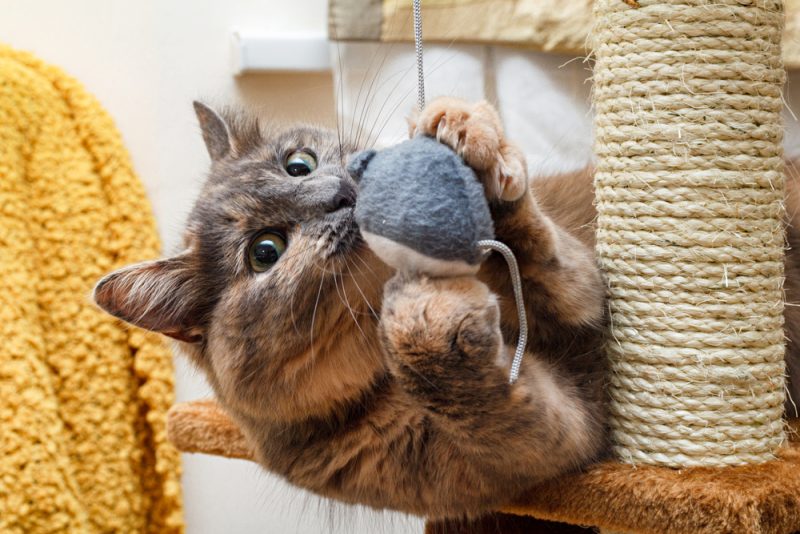
Total Monthly Cost of Owning a Tortoiseshell Cat
- $50–$250 per month
As you can see, the total monthly cost of owning a cat varies significantly. Your cat’s health costs, like food, vet care, and insurance, are the most expensive. If your cat is ill, you’ll have higher monthly costs for vet care, medications, special diets, or pet insurance coverage.
After these expenses, your maintenance costs vary depending on what you choose for environmental maintenance and entertainment. For example, litter box liners make cleaning the litter box more convenient, but they’re not necessary for cat ownership. The same applies to deodorizing sprays.
Additional Costs to Factor In
Health care, entertainment, and maintenance are all routine expenses you can expect to pay throughout the year, each year of your cat’s life. Other costs may come up that you’re not expecting, however.
If you travel often, you may need a pet sitter to care for your cat while you’re away. Your cat can also have an injury or severe illness that requires emergency care, which is more expensive than vet care at a regular vet office. If you don’t have pet insurance, you should have an emergency fund to cover unexpected vet expenses.
Another thing to consider is expenses related to behavioral issues. Intact male cats can spray, and you may need to treat carpeting or furniture for odors. Cats can also scratch curtains, carpets, couches, bedding, and other surfaces in your home, which may need to be repaired or replaced. Severe behavioral problems may need to be addressed with the help of a veterinary behaviorist, the cost of which varies across the country.
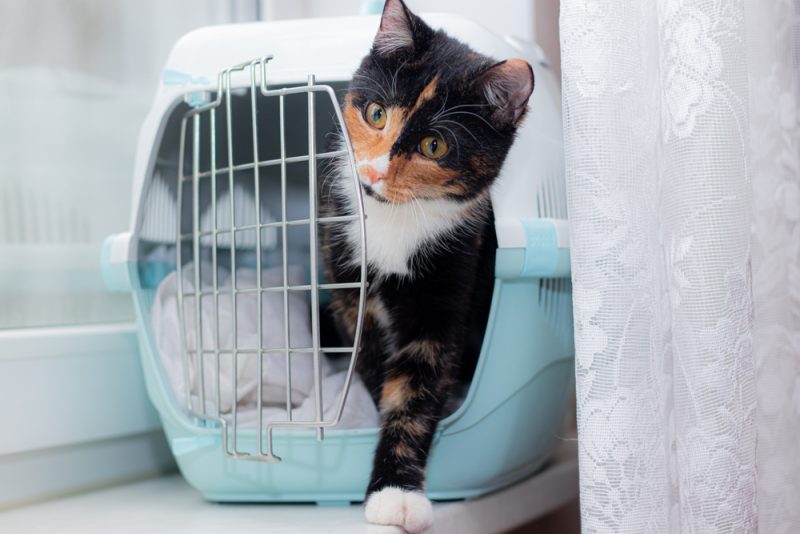
Owning a Tortoiseshell Cat on a Budget
If you’re on a tight budget, that doesn’t mean you can’t bring home a Tortoiseshell cat. These cost ranges include optional expenses you can reduce or remove completely, such as litter box liners and subscription boxes. Other expenses, such as the cost of getting a cat, can be reduced by going to a shelter.
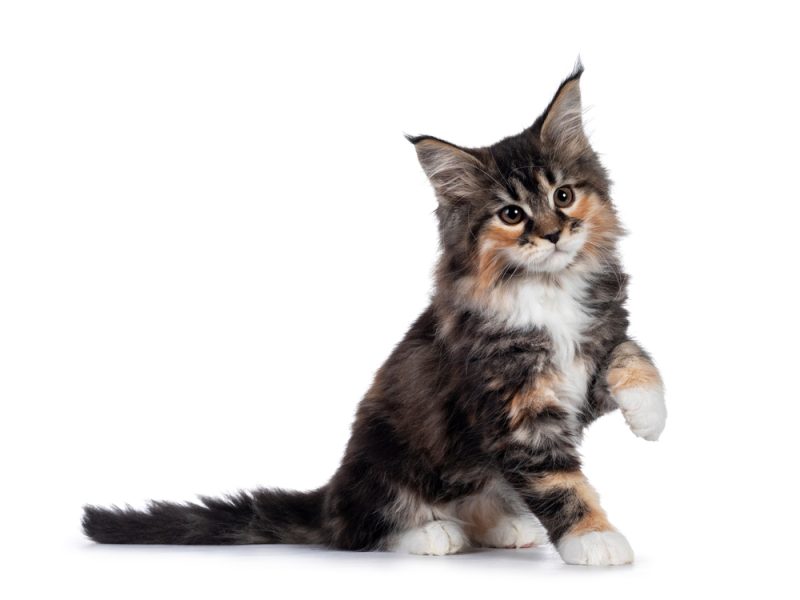
Saving Money on Tortoiseshell Cat Care
The most significant way you can save on the total price of a Tortoiseshell cat is to skip the breeder. If you adopt a cat from a shelter, you’ll pay a reasonable adoption fee, which includes the cost of spaying or neutering, microchipping (sometimes), and vaccinations. That alone can save you thousands of dollars.
After that, the biggest expense is health care. Though it may seem counterintuitive, serving high-quality food over a cheap brand provides better nutrition, and your cat will get more nutrient-dense food to support better health. However, you should be careful to avoid overfeeding—obesity isn’t good for your cat or your wallet.
Veterinary expenses are similar. Keeping up with your cat’s regular vet care, including routine dental cleanings, exams, and vaccinations, can prevent much more expensive problems from cropping up in the future.
You can decrease your vet bills with pet insurance. For a small fee each month, you can have peace of mind that your cat is covered in the case of major illnesses, injuries, and emergency visits, which can cost thousands of dollars to tens of thousands of dollars. Be sure to review your plan options to decide the best plan for your needs and budget.
Another way to save is by cutting out unnecessary supplies. Your cat doesn’t need dozens of toys—just a good scratching post/perch combination and some simple toys are often enough. You can also make DIY equipment for your cat, such as scratching mats and cat towers, to provide more enrichment.
We're quite fond of cardboard as a material in cat scratchers, which is why we love the Hepper Hi-Lo Cat Scratcher. Encased within a well-constructed, modern birch plywood frame, this scratcher is designed with both cats and their owners in mind. It offers three versatile configurations to keep your feline friend active and entertained while enticing them to fulfill their natural scratching instincts (and away from scratching things they shouldn't). For more details, click here! At Catster, we’ve admired Hepper for many years, and decided to take a controlling ownership interest, so that we could benefit from the outstanding designs of this cool cat company!
Conclusion
The cost to buy and own a Tortoiseshell cat falls within an extensive range. The most critical expenses relate to your cat’s health and well-being, but you can expect other expenses for entertainment, maintenance, and more. Fortunately, there are ways you can care for your cat on a budget and promote a long and healthy life.
See Also:
- Interesting Facts About Tortoiseshell Cats for Feline Lovers
- Are All Tortoiseshell Cats Female? Vet-Reviewed Facts & FAQ
Featured Image Credit: coryr930, Pixabay

